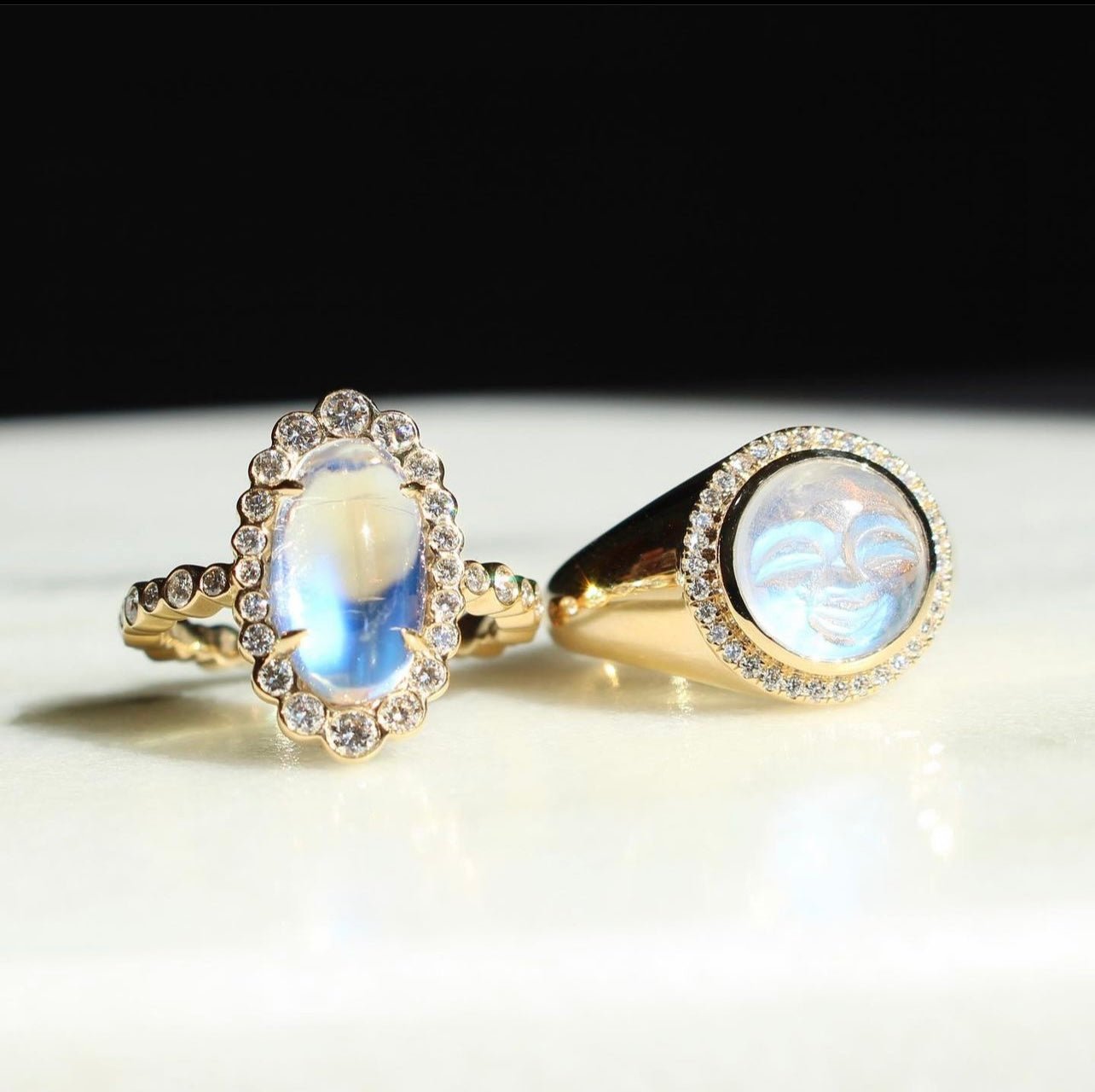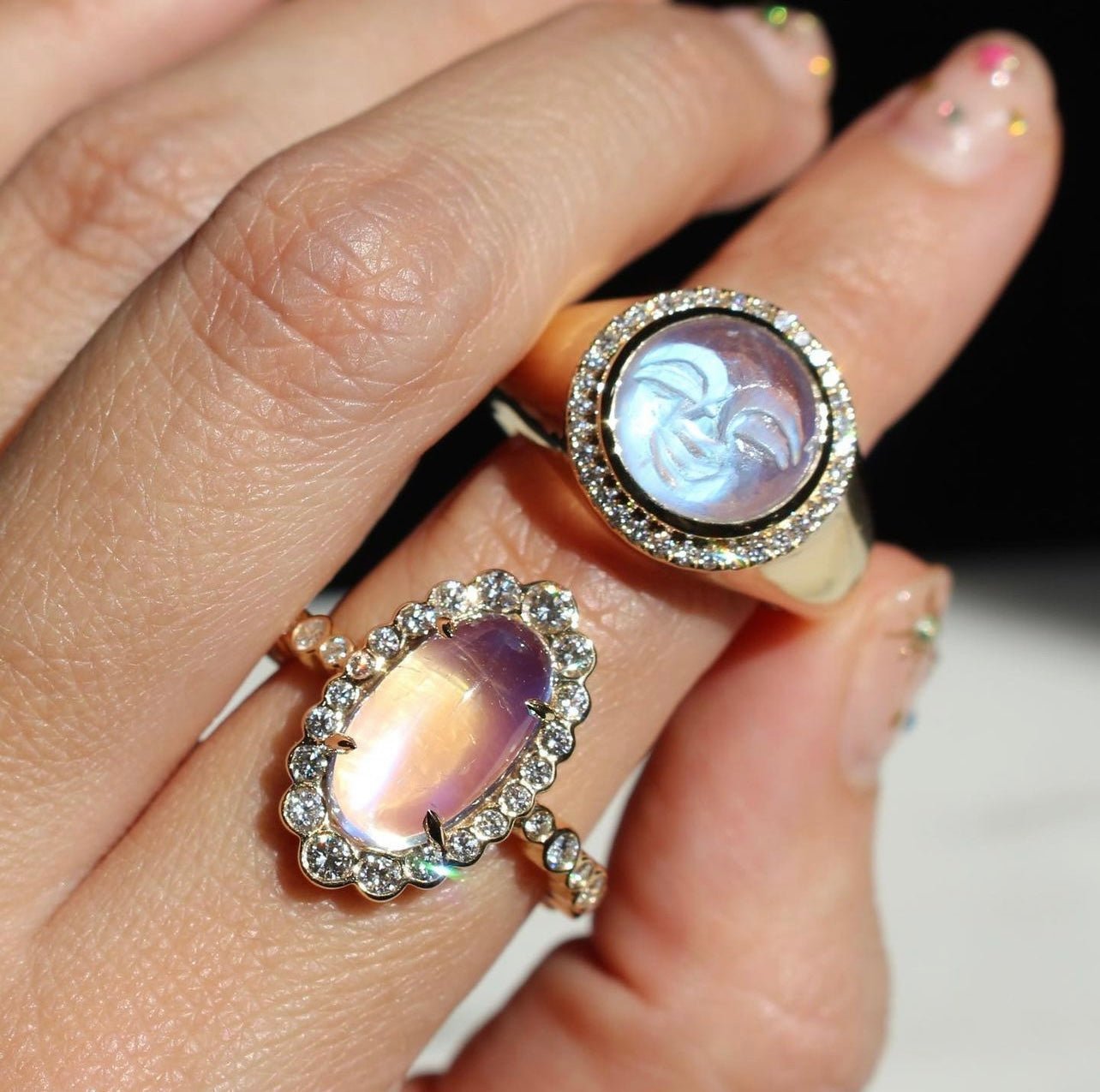Have you ever looked at a diamond and wondered what it was truly worth? Perhaps you were perusing kiosks with your mother in the mall as a child and couldn’t help but be stunned by the sparkle of certain stones. Or maybe you considered it when you went on the hunt for your own engagement ring, looking a bit more closely at prices than sparkle.
What exactly makes a diamond valuable, and how can you be sure that you are not paying far too much for a low-quality product?
Things can be tricky when working with privatized businesses or secondhand sellers. They may refuse to reveal these truths to you or intentionally conceal the value of a diamond to make a quick sale.
Being savvy about diamond values and how they are determined will make your shopping process much easier and make sure your luxury items are truly luxury.
When you purchase a diamond, regardless of how big it is or where it is from, you should always request a product certification. The seller owes it to you as a customer, and if they are doing honest work, they will be transparent about the piece.
This certification will include where the diamond was mined from and a list of its qualities determined by specifics metrics we will outline later in this article.
Are you ready to dive into the world of gemological certification and up your jewelry buying game?
Let’s take a closer look at diamond value.
How Do You Determine Diamond Quality?
Before we go any further, we need to lay the groundwork for all certifications. This is the quality rubric from the Gemological Institute of America.
GIA certification is one of the most widely recognized and used in the country. If you request a certification for a diamond from a seller, whether local or brand-name, chances are it will come from GIA.
Gemologists who are GIA Graduates are certified in their field and great resources for diamond inquiries. They have finished a program with a diploma and can work on the scientific side of jewelry.
You may also come across a GIA Applied Jewelry Professional while searching for diamond certification. Jewelers with this title are on the sales side and are not licensed geologists.
The GIA uses the 4C method. It factors in a diamond’s color, cut, clarity, and carat weight to give it a fixed rating. This is then placed on the certification as a grade. Another way to describe the certificate is simply the grade given to the diamond.
Let’s look a bit more closely at each GIA grading category:
How Is Diamond Color Graded?
Diamonds are one of the few gems that buyers specifically select for their lack of color. However, it is possible to find diamonds in a few different shades, including yellow or black. Regardless of personal preference, colorless diamonds are preferred by the GIA and receive the highest grading.
How Is Diamond Clarity Graded?
As with all gemstones, the clearer, the better. Clarity usually falls second in line of importance only to color. Diamonds are no exception. The GIA considers how many inclusions (leftover crystals) are evident in the diamond and any markings on the surface.
The GIA measures clarity from Flawless to Included. The most desired diamond is Flawless. Diamonds that are Very Very Slightly Included to Slightly Included can only have their inclusions seen under magnification. While they may be less valuable, they are still physically (mostly) clear to the naked eye.
How Is Diamond Cut Graded?
A cut grade is determined by how well a loose diamond has been transformed into a usable stone. Gems need to be faceted for placement in jewelry, and there are particular methods to cut them. If the work is sloppy, the cut grade goes down.
Ideally, a diamond is cut in a way that gives off the ultimate shine. It should glow from as many angles as possible. Who wants a ring that is only sparkly under a certain angle of light?
You can have a diamond with a cut graded anywhere between Poor and Excellent.
Other Notable Diamond Certification Laboratories
We can’t solely rely on the GIA because it would be a biased approach. There are certainly other grading labs to have your diamond certified by. For example, the International Gemological Institute (IGI) and the European Gemological Laboratory (EGL) are excellent options.
The IGI was founded in 1975 and grades diamonds that have been created in labs as well. The EGL refers to the typical 4Cs while including fluorescence, proportions, plotting, and finish in their grades.
Hoge Raad voor Diamant works with both lab-created and natural diamonds. They also certify diamonds that have been treated. Gemological Science International is a newer organization that incorporates diamond shape, fluorescence, symmetry, plotting, polish, and traditional components.
Here in the United States, you may find better and faster accessibility to the American Gem Society.
What Is the AGS?
Much like the GIA, the American Gem Society works with its own grading system. They deem them a bit easier to follow for those who don’t know gem lingo. Instead of describing grades with key phrases like Flawless and Very Slightly Included, they break down their grading standard scores with numbers 0-10. The lowest rating your diamond achieves for cut, color, clarity, and carat, the better it is.
To explain in a simplified way, consider a gem that has a clarity grade of 2 compared to one with a clarity grade of 9. The lower grading is more valuable and has a higher clarity.
The aforementioned factors are written in order of appearance above and designated with slashes. It appears on the certificate as: cut grade number/ color grade number/ clarity grade number — carat weight.
Overall gradings are ranked 0-10, from Ideal to Poor.
How Do You Get a Certified Diamond?
To get your diamond certified with a grade, you will have to choose which laboratory works best for you. Both the GIA and AGS are national and not-for-profit. This means that they do not have a stake in skewing the results of your gem and will provide factual and informative certificates.
Are Diamond Certifications an Extra Cost?
You can pay upwards of $85 for one-carat or more gems, but the price is usually less. Diamond pieces, even rings, are typically under one carat. Plan for a grading cost of around $30 if your diamond is a quarter of a carat.
It is vital to mentally add this additional cost to your total amount spent on the jewelry before shopping. If you have a strict budget for an engagement ring or gift, understand the certification might make it pricier. This does not mean it should be ignored; simply planned for.
What Is Listed On a Diamond Certification?
When you receive your diamond certification, there are a few things you should make sure are included. We can look at the GIA certificate as an example, but most laboratories include similar findings. The AGS grading is outlined above (cut grade number/ color grade number/ clarity grade number — carat weight).
First, check for the day that your gem was graded. The date should be written out fully, with a day, month, and year.
Next, you’ll find the number of the diamond grading report. It is called the GIA report number. This can help you track your certificate and call for more information if needed.
You can see the shape of your diamonds and the style of their cut on the certificate as well. This may not seem important now, but it can help you to buy similar (or different) styles in the future. Simply tell your jeweler the type of diamond you already own. They’ll be impressed by your vernacular!
Lastly, you’ll find the measurements of your diamond on the certificate. Knowing its size helps you determine if it can be faceted into new pieces as the years go on. It can give you an idea of how big or small you might want a new diamond piece to be.
The Best Diamonds and Fine Gemstones
All of our diamonds at Mark Henry Jewelry come with certification. We utilize the skills of a GIA Graduate Gemologist (GG), ensuring you get the most educated grading.
That is why we can confidently share our diamond collections with you.
- Our Airy Vine Ring includes an 18kt gold band and 0.60ct of petite round diamonds, arrow cut diamonds, and trillion cut diamonds.
- Pair it with our Solitaire Round Diamond Halo Huggie Earrings for a sparkly, stunning look. This pair of earrings includes two central diamonds surrounded by petite diamonds for 0.40ct of shine.
- Our Continuum Diamond Stud Earrings shock with 1.15ct of beauty.
A Clearer Conscience
When you know better, you invest better. Research your diamonds with certification for peace of mind and a brilliant shine.
Sources:
Diamond Certification: The Complete Guide | Brides
Learn How to Buy a Diamond with the GIA Diamond Buying Guide | GIA
Diamond Rating Chart & Diamond Grading Tools | American Gem Society
Gemstone Facets: Terminology and Functions | International Gem Society

